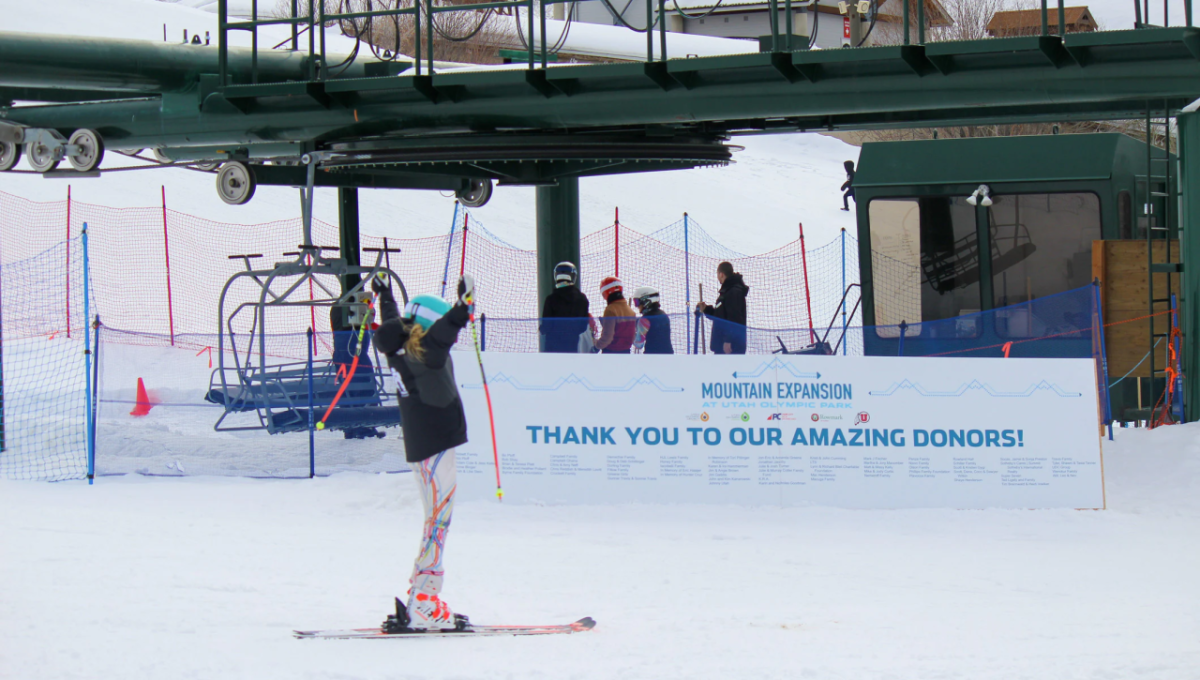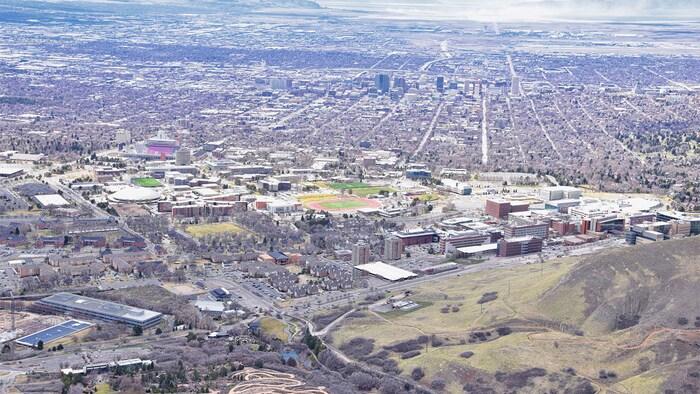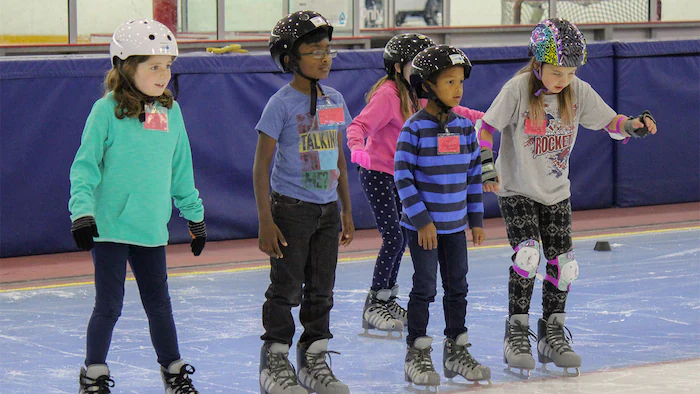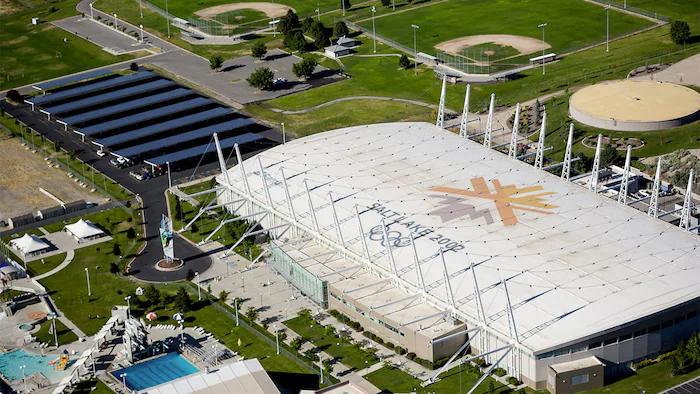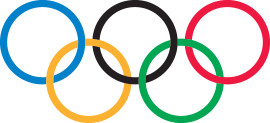Salt Lake City 2002: A Springboard for the Growth of Winter Sport
International Olympic Committee news
The Olympic Winter Games Salt Lake City 2002 served as a springboard for growing winter sport and bringing more major sporting events to the state of Utah. The Games created long-term benefits for their hosts, despite taking place following a set of unique and challenging circumstances. Starting next month, the Games and their legacy will be celebrated across Utah, as part of their 20th anniversary.
Salt Lake City 2002 helped to heal a nation reeling from the terrorist attack in the U.S. on 11 September 2001. For US citizens in particular, the Games became a symbol of resilience and fortitude, which resonates well with the Games’ Opening Ceremony song “Light the Fire Within”.
Significant lessons emerged too, not least for the International Olympic Committee itself and cities interested in hosting future editions of the Olympic Games, including environmental best practices, how the Games can boost sport development, and the changes made to the Olympic host city selection process.
Sport Development
The US team won a record 34 medals at Salt Lake City 2002, breaking its previous mark of 13, a mark the nation reached at both the 1994 and 1998 Games in Lillehammer and Nagano, respectively. The US and international athletes used the Olympic venues for pre-Games training and competed in front of strong home support: Utahns bought 40 per cent of tickets and most events were sold-out during Olympic events.
The Utah Olympic Legacy Foundation (UOLF) and Utah Sports Commission (USC) were formed before 2002 to manage sport venues, sport development and work with other Utah organisations to continue bringing major sports events to the state following the Games. The UOLF successfully encouraged both public recreational and high-performance athlete involvement in sports development.
In 2020, the Legacy venues were nearly four times busier than they were in 2002. Furthermore, almost 800 sports events were brought to the area, 75 per cent of them non-winter, as Utah has become a year-round sports hub.
The Olympic Winter Games 2002 helped Utah establish itself as one of the world's premier high performance and recreational winter sports destinations. Today, the three UOLF venues: Utah Olympic Oval, Utah Olympic Park and Soldier Hollow Nordic Centre are alive and vibrant. UOLF venues offer sport programs for youth of all ages and abilities, serve as community recreation centers in three population centres, and provide world-class training facilities for Olympic athletes and global events. The venues fulfil Utah’s vision for lifelong participation in sport - inspiring Utahns to lead healthy and active lifestyles, and fostering a “Sport for All” culture.
Between 2002 and 2020, Utah staged more than 175 international winter sports events including more than 60 World Cup events, as well as seven world championships and numerous other sporting and non-sporting events. Utah is now an established training hub for world-class athletes and home to three US sport governing bodies.
Environment
Utah’s environmental best practices, coupled with the International Olympic Committee’s focus on environmental responsibility, were reflected in the organising committee’s vision.
In collaboration with academics, the Salt Lake Organising Committee (SLOC) calculated all the potential energy used and emissions associated with staging the Torch Relay and the Games, creating the programme Olympic Cleaner and Greener. These credits were offset with emission-reduction credits. Olympic Cleaner and Greener and its partners permanently removed more than 243,840 metric tons (240,000 tons) of pollutants from Utah, the United States and Canada.
Part of the carbon emissions from the Olympic Winter Games Salt Lake City 2002 were offset, 85 per cent of Games-time waste was recycled or composted, and 100,000 trees were planted in the state of Utah. In addition, 18 million trees were planted around the world through the Global Tree Race program. There were no fines or notices of violation of environmental and safety compliance in the staging of the Games.
SLOC used 5 existing sporting and business infrastructures in Salt Lake City to host the Games. Six competition venues were built from scratch for the Games, using minimal materials for construction to ensure energy efficiency. These were the Utah Olympic Park, Utah Olympic Oval and Soldier Hollow Nordic Centre. For example, the Utah Olympic Oval's roof design meant the overall volume to heat and cool the venue was reduced by more than 28,317 cubic metres. Other venues and facilities were either ready, rebuilt or renovated.
Economic impact
The State of Utah calculated that the Olympic Winter Games 2002 drove more than USD 5 billion in economic impact. The net tax revenue (additional revenue minus additional expenses) to state and local government amounted to USD 76 million for the 1996-2003 period. The Games generated 45,700 job-years of employment and USD 3 billion in personal income.
However, a mild economic recession in 2002 mitigated the immediate post-Games effects of the spending power. Predicted employment growth did not materialise in the immediate years following the Olympic Games.
In the long-term however, the worldwide exposure that Salt Lake City enjoyed thanks to hosting the Olympic Games, combined with upgrades in the tourism, leisure and sport infrastructure led to steady economic growth. It was reported in 2020 that Utah’s hosting of subsequent sporting events brought an injection of approximately USD 2 billion into the state’s economy. Tourism, meanwhile, was boosted, with Utah witnessing an overall 72 per cent increase in skier visits between 2002 and 2019.
Keeping the flame alive
The Olympic Cauldron Plaza, originally placed in Rice-Eccles Stadium, which hosted the Opening and Closing Ceremonies of the Games, was recently relocated to facilitate further expansion of the stadium. The new plaza, inaugurated in November 2021, displays the Olympic cauldron and Olympic symbol and Agitos spectaculars, as well as panels telling the story of the Games and their legacy to all spectators entering the stadium. Salt Lake City, Park City and Soldier Hollow Nordic Center are ready to celebrate the 20th anniversary of the Games starting this February. Multiple events will take place, including live sites where people will be able to follow the Olympic Winter Games Beijing 2022, pin trading opportunities, sport demonstrations and initiations, and opportunities to meet US athletes or the 1996-2003 period. The Games generated 45,700 job-years of employment and USD 3 billion in personal income.

